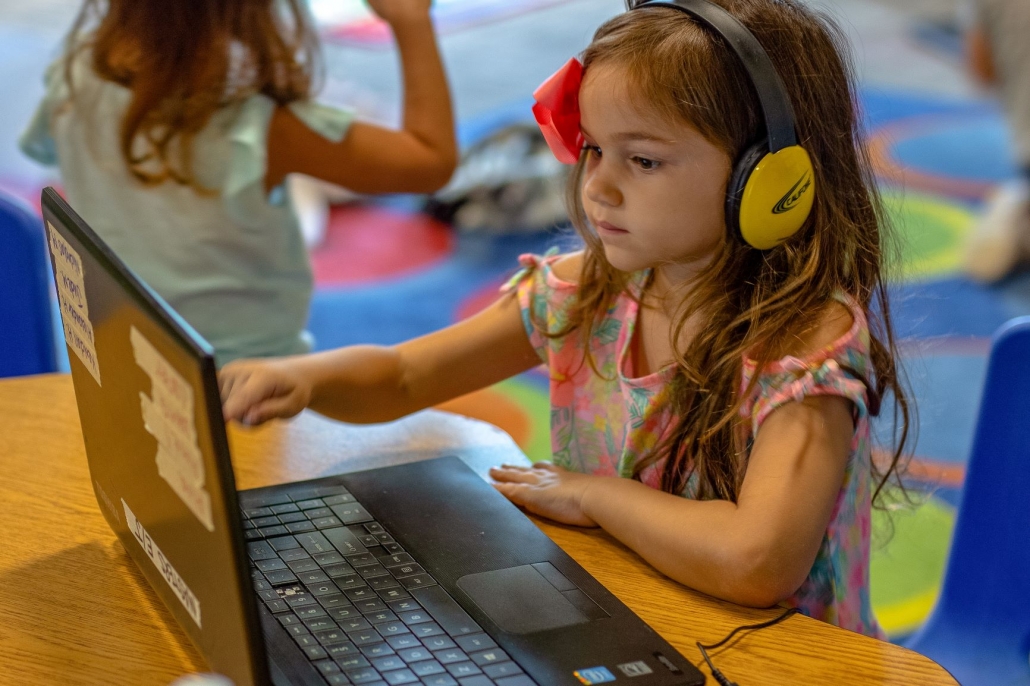How would Maria Montessori perceive technology in education?
Maria Montessori was a cutting-edge personality. She was the first female surgeon in Italy. She sought out and cited the most current research of the day. She insisted and proved that children in asylums, who were dismissed as uneducable, could, indeed, learn. She tipped the current notion that children were not ready to learn properly until they were ‘school age’ on its head, arguing that young children are, in fact, the most efficient learners in our communities. She personally developed a powerful series of pedagogical materials that transformed the field of education and endures over 100 years later.
In studying Montessori’s story and her own writing, there is good reason to believe that Maria Montessori would approach today’s technology with curiosity and openness. Would she integrate digital tools into her method of education? We believe that she would reject utilizing digital technology for its own sake, as well as digital tools that distract and interrupt children’s workflow, but that she would likely embrace tools that provide access to phenomena, places or people that would otherwise be impossible to access.
What might digital technology use look like in a Montessori primary environment?
For our youngest learners, digital tools would be minimal. Children under the age of 5 are engaged in an ongoing process of making sense of the world around them. They perceive and learn through their senses and as such, multi-dimensional materials that they can handle and manipulate are the best options for their learning. Montessori’s materials are second to none for the young child.
Yet, there are a few tools that fit well with the Montessori philosophy and could be included, such as the Merlin Bird ID app by Cornell. Children can use this app with the support of teachers to identify birds that frequent their outdoor learning spaces. The app takes the user through key questions about the bird, providing images to support the user in choosing responses. This process supports children’s development of the awareness of key scientific processes, vocabulary and concepts that would be much more difficult to access using handheld books.
Another example is the use of Skype by 5-year-olds who, while working with Montessori’s geography materials, develop questions about the lives of people living in Asia. Tools like Skype can provide these children with real-time access to people and even other classes of children in Asia, resulting in a rich and meaningful learning exchange the surpasses what can be achieved by simply looking at photos of people living overseas.
How can digital technology be incorporated for older Montessori students?
Elementary and adolescent children are ready to explore coding. Given the prevalence of computers in our society, we believe that Montessori would support children developing a deep understanding about how these machines work. It is immensely helpful for children to understand not only that people tell computers what to do but to also understand how they do it.
Explorations of robotics and AI are also helpful learning opportunities for older children. Older children are also ready to utilize the research power of online search engines. Montessori educators have the opportunity to support children’s discernment and evaluation skills as they seek to determine what sources of information are reliable and what sources need to be triangulated or rejected.
What do grace and courtesy look like for users of digital tools?
There is a certain citizenship element when it comes to digital tools that we believe must be addressed within a Montessori education. The lessons of respect and peace that Montessori begins in the early years can be explored by older children as they consider how these ideas relate to digital citizenship.



